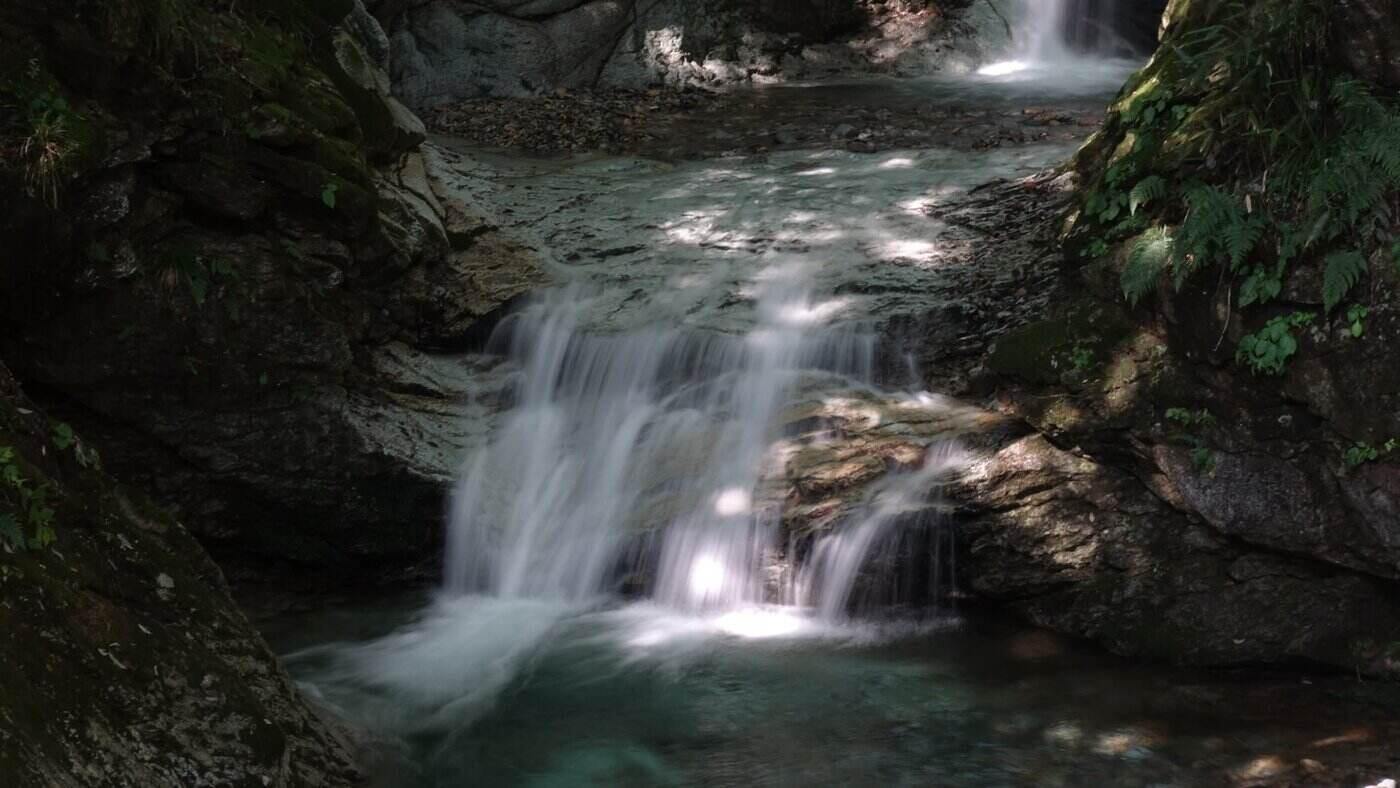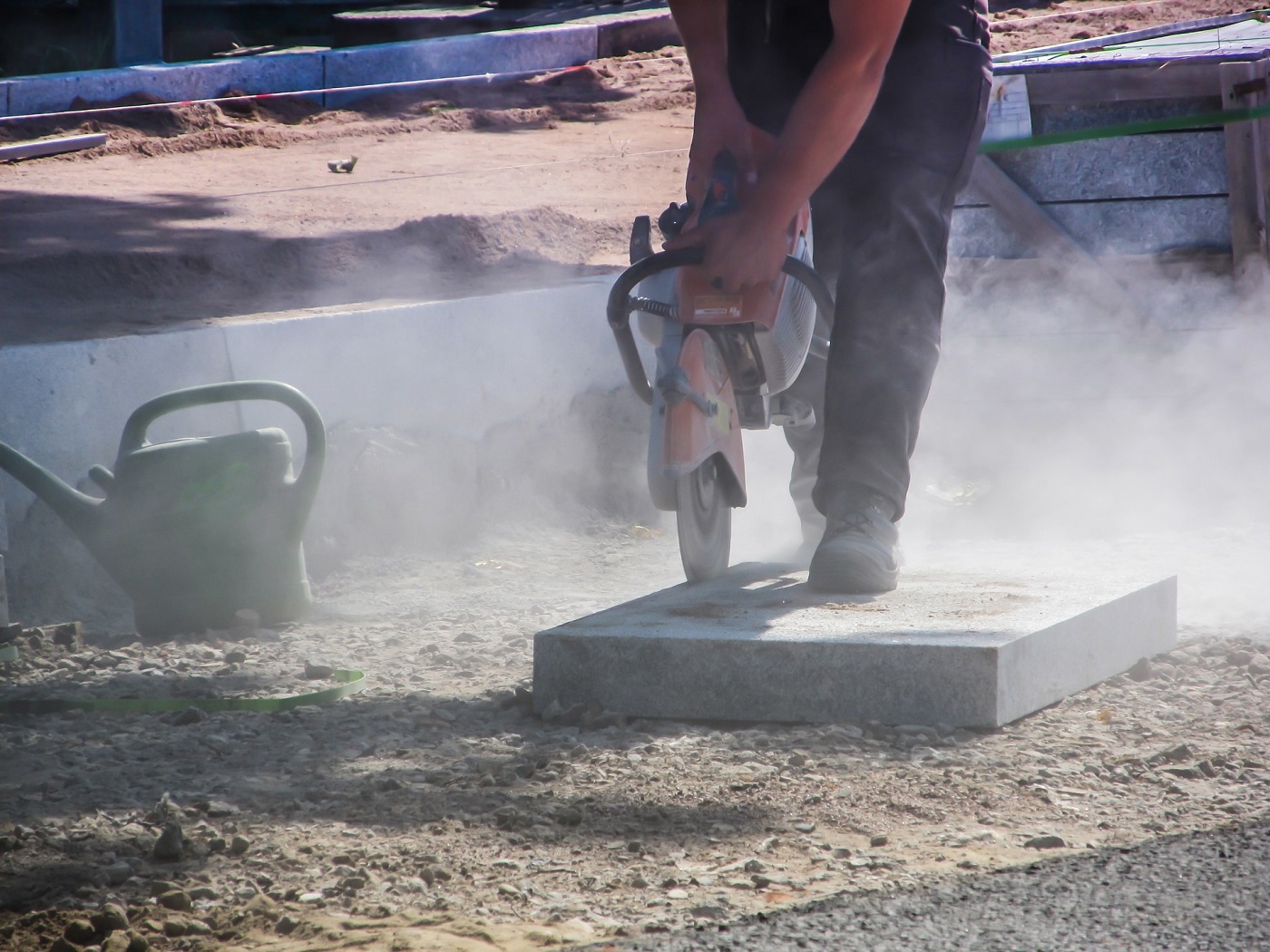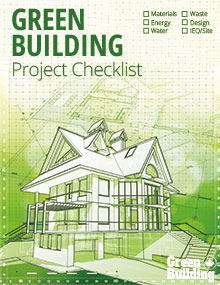This guide is designed to give you practical strategies for using water wisely in building and renovation projects. The information and strategies below will help you both while you’re completing a building project and long after the project is done.
You’ll learn how to reduce water use and conserve local water resources while you’re building or renovating. You’ll also learn how to plan your sustainable building project or renovation with water efficiency in mind so your completed projects will have low water footprints well into the future.
The guide is divided into three major sections. The first considers how builders can cut their water use and minimize water pollution during a build or renovation. Section II focuses on water conservation in landscaping and other outdoor projects. The final section offers strategies for indoor water efficiency.
Since the guide is intended as an overview, we’ve offered further reading materials at the end of each section so you can learn more about individual topics.
I. Water Use During Construction and Renovation
Between 2011 and 2013, water consumption in Canadian households dropped by 7.6%, while water use in the construction industry rose by 18%, according to StatsCan. There are many ways in which we can use water more efficiently in construction and renovation projects, ranging from the simple to the more holistic.
Reduce Water Use
Evelyn Long of Construction21 identifies the main ways water is used during construction. These include activities DIY renovators regularly engage in, such as “concrete batching, grouting, dust suppression” and testing drainage rates in excavation holes. To reduce water consumption while you’re building or renovating, incorporate these strategies:
- Shade concrete to prevent evaporation without relying on water
- Reduce evaporation from concrete using wet burlap or other coverings instead of hosing
- Spray water, rather than pour it to keep dust down
- Wash heavy equipment with closed-loop water recycling systems
- Use grey water to clean work surfaces, tools and equipment
- Check hoses for leaks and replace leaky nozzles when necessary
- Invest in low-volume pressure washers and/or water-efficient hose nozzles
- Sweep instead of hose to clean site surfaces
- Wash tools in buckets instead of running water
Conserve Local Water Resources
In addition to conserving the water that’s used during construction, builders and renovators should work to protect any waterways that are local to the build site.
Stormwater runoff from construction sites can introduce toxic building materials into the water table. Chemicals like solvents, oils, paints and stains, to name a few, can leach into waterways through runoff, degrading water quality.
To limit the impact of your building project on local aquatic ecosystems, you can minimize the effects of runoff in the following ways:
- Disturb the least amount of land as possible. Stagger the excavations if possible, finishing one project before moving on
- Stabilize disturbed topsoil with mulch or control blankets to limit erosion
- Add silt fences if the construction site is on a slope
- Use only non-toxic materials during construction
- Run equipment on biodiesel to decrease air pollution and minimize the risk of damage from spills
- During clean up, choose cleaning products that are friendly to aquatic ecosystems
- Cover any nearby storm drains to keep construction debris out
- Store building materials away from storm drains
Further Reading
- Construction21 explores how construction sites can reduce water pollution here.
- Smart Approved WaterMark considers how to conserve water in planning and construction here.
- We talk about the key aspects of sustainable architecture in this article.
II. Outdoor Water Use

Watering lawns and gardens accounts for much, if not most, of the water we use outside. Outdoor water efficiency, then, really revolves around being efficient with the irrigation of landscaped areas.
In fact, earning LEED points for outdoor water use in its Water Efficiency category requires those pursuing credits to either reduce or eliminate irrigation completely, either through more efficient landscaping or through the installation of high-efficiency irrigation systems.
This section will offer some practical ideas for how to plan your landscaping and irrigation with water efficiency in mind, as well as give some suggestions for making the most of the water resources you already have on your property.
High-Efficiency Irrigation
LEED offers the following measures for more efficient irrigation (and we quote):
- Use of pressure regulation for every zone (valve or sprinkler)
- Use of check valves on sloped irrigation zones, where needed to prevent low head drainage
- Flow sensing with a master valve and irrigation controller that responds to a high-flow occurrence
- Use of smart irrigation control technology (weather based, soil moisture sensors, rain sensors, etc.)
- Create separate zones for each type of bedding area based on watering needs
- Use of drip irrigation for at least 50% of planting area
LEED’s guidance provides measures to improve the efficiency of conventional in-ground sprinklers and other standard irrigation systems. We’ll add a reminder that according to the Environmental Protection Agency (EPA), watering “with a hand-held hose tends to be the most water-efficient method” of caring for plants, so if you don’t have and weren’t planning on installing an irrigation system at all, you needn’t add one for the sake of water efficiency.
That said, there are steps you can take to make your hand-watering more efficient, as well. Use a soil moisture sensor to determine if watering is even necessary. Water in the early morning or early evening to maximize the amount of water plants take up and minimize surface evaporation. Use a soaker hose rather than a high arc of water that will create mist that evaporates. Water deeply and slowly to avoid runoff.
Water-Efficient Landscaping
Water-efficient landscaping is known as xeriscaping. It has several facets that can be applied in any climate conditions. The EPA describes seven principles on which xeriscaping is based:
- Proper planning and design. Plan your landscaping with the needs of your plants, your soil conditions, your topography and your microclimate in mind. Design landscape areas such that plants are kept together based on their water needs.
- Soil analysis and improvement. Soil with a higher organic content holds moisture better and contains more nutrients to help plants thrive. A soil test will help you determine whether your soil could use amendment and if so, what nutrients it needs. Your local agricultural extension office, nursery or garden centre can help you with an improvement plan.
- Appropriate plant selection. Choose native plants that have evolved to thrive in your local conditions without extra water or attention. Local pollinators tend to favour these plants, which is a bonus for your gardens as well as for the pollinators. Keep as many established trees and bushes as possible to limit soil erosion.
- Practical turf areas. Since grass is not a resilient groundcover, limit the space you devote to it. Consider drought-tolerant ground covers like clover instead. If you want grass for key places like play areas, choose a drought-resistant type.
- Efficient irrigation. The LEED measures above cover this topic.
- Use of mulches. Organic mulch will help retain moisture in the soil and improve the soil as it decomposes. Leaves and grass cuttings can be turned into mulch, which lets you make use of resources that are already on hand.
- Appropriate maintenance. No landscaping can get along without maintenance, and xeriscaping is no exception. Be prepared to prune, deadhead and watch for pests and disease as you would with any other approach.
Xeriscaping has the added benefit of reducing or eliminating the need for additional fertilizers or pesticides. This bonus feature helps reduce pollution and damage to local aquatic ecosystems.
Making the Most of Existing Water Resources
Your property is likely to include existing water resources such as rainfall that you can draw on to reduce your overall outdoor water use. The trick is to prepare your site so you can make the most of them. Avoid compacting the soil during your construction work, if possible. Ensure that disturbed soil has retained enough organic material. With quality soil, you’re well on your way to a landscape that won’t require additional water to thrive.
You can also design your landscaping to make good use of the water resources you have at hand:
- Grade the property with the proper slopes and contours, directing water away from buildings and towards gardens
- Include a rain garden in your landscaping to manage excess water
- Incorporate rain catchment systems so you have a ready store of water available
- Use porous or pervious pavers to help manage stormwater
- Use reclaimed water from a home greywater system to water plants, either through hand-watering or an irrigation system
Further Reading:
- The EPA’s publication Water-Efficient Landscaping: Preventing Pollution & Using Resources Wisely gives more in-depth information on xeriscaping.
- The Toronto Region Conservation Authority has a guide to building and maintaining a rain garden here.
III. Indoor Water Use
“Effective water efficiency planning,” writes Joseph Bourg for the Whole Building Design Guide, “seeks to ‘do more with less’ without sacrificing comfort or performance.” That planning, he says, should involve 4 steps.
The first is to analyze the costs and uses of water associated with a building. The second, to specify “water-saving solutions.” Step three is to install “water-saving measures.” The final step is to verify that water savings are actually occurring.
Let’s go through each step in more detail.
Analyzing Water Use
There are a few different ways to determine where your household is using water (and therefore where your water-reduction efforts should be concentrated).
You could look to general figures on water use, like McGill University’s, which tell us that of the 329L of water the average Canadian uses each day, 35% of it is used for bathing, 30% of it is used flushing toilets, 25% is used for cleaning and laundry and 10% for drinking and meal preparation.
You could check your utility bills or install a water meter for overall information about how much water your household uses every month. Installing water sub-meters would allow you to track your water consumption in real time, on individual fixtures or as a household. For a no-cost estimation, you could try this fun water calculator from the CBC.
Water Saving Solutions
In the context of renovations and building projects, water saving solutions will likely involve installing water saving technologies. In fact, Canadian residential water consumption decreased by 16% between 2005 and 2013, and higher-efficiency fixtures are often cited as the primary reason.
Water Saving Technologies
Incorporate high-efficiency water fixtures in all renovated spaces. Going room by room, this could include, but isn’t limited to:
- Kitchen: high-efficiency dishwashers, low-flow kitchen taps or aerators for the kitchen sink, sensor faucets
- Bathroom: low-flow toilets, showerheads and faucets, faucet aerators for bathroom taps, sensor or self-closing faucets, composting toilets
- Laundry room: high-efficiency washing machines
You could also consider installing a greywater system that reuses water. Although they’re expensive, they can also reduce your water use by about 50%.
Maximizing the potential of these water saving measures and maintaining the savings over the long-term, however, will rely more on water saving behaviours than on the technology itself.
Water Saving Behaviours
As impressive as water saving technologies are, human behaviours have the most impact on water efficiency in a home, for good or for bad. The water savings generated by your low-flow showerhead, for example, can be quickly undone by a family member who insists on 45 minute-long hot showers every day.
On the flip side, this means that changing our behaviours can be an effective, no-cost way to reduce our water consumption. Here are just a few water-saving strategies you can use throughout the home.
- Check for plumbing leaks regularly
- Turn off faucets as you brush your teeth or wash your face
- Shower instead of bathe
- Let it mellow
- Put a brick or a 2-gallon bottle filled with water in the back of an older model toilet to improve its water efficiency
- Collect any water from tub and sink faucets that would otherwise run down the drain as you waited for it to warm up. Use this water for your pets, your plants or yourself
- Collect the water you run to rinse or cook veggies, rice or pasta and use it for plants
- Refrigerate leftovers in the pots they were cooked in to cut down on dishes (no, stainless steel will not leech metals into your food. That is a myth.)
- Compost instead of using a garburator
- Only run full loads of dishes and laundry
- If you hand wash, rinse your dishes in a second basin rather than in running water
- Keep a jug of tap water in the fridge so you don’t run your tap to get cold water on a hot day
Encourage Water Saving Behaviours Through Design
As you renovate, keep these desired behaviours in mind and design your spaces such that they’re easy to accomplish. For example:
- Keep your plumbing accessible so you can check for leaks
- Install ergonomic faucet handles that are easy to turn off quickly while brushing teeth or washing dishes
- Design sinks with sufficient clearance to put a basin or pitcher in to collect cold water as it’s being heated
- Install a two-basin sink for handwashing dishes
If a new water-saving measure is easy, humans are more likely to do it.
Monitor Your Water Savings
Having a detailed idea of where your water consumption stood prior to the completion of your project will help you to keep better track of the impact your changes have made. As Bourg says, water efficiency planning is most effective when we can verify that the changes we’ve made are working, and only continued monitoring can do that.
Further Reading
- In this pamphlet, Environment Canada tells you how to do a home water audit, complete with kitschy and adorable graphics.
- Farm and Food Care Ontario offers this comprehensive fact sheet to measuring and monitoring water use on farms.
- The MD of Lesser Slave River has put together this important list of 100 ways to conserve water.
Conclusion
We in Canada tend to live under the impression that water is abundant. We’re the second-highest water-using country in the world, according to Dan Shrubsole and Dianne Draper. They note that “Canadians still rank as one of the world’s most profligate people in terms of water consumption,” despite the recent gains we’ve made through high-efficiency plumbing fixtures.
It’s easy to see why we feel this way—with our many freshwater resources, water issues can fly under the radar. It can come as a surprise to people to learn that Canada is currently undergoing an internationally recognized water crisis. A large number of Canadians do not have access to safe drinking water and we don’t talk enough about that.
Climate change and aging water infrastructure may soon give us perspective on just how precarious this resource is. It’s imperative that we conserve the water resources we have because we cannot readily develop new ones.
Further Reading
Interested in other aspects of green building? Check out our other guides:
Green Building Guide to Energy Efficiency and Renewable Energy
Green Building Guide to Sustainable Materials
Feature image: Ryo Tanaka; Image 1: Pixabay; Image 2: Harry Grout; Image 3: Steve Johnson




